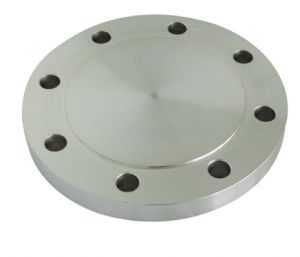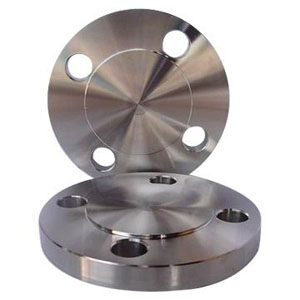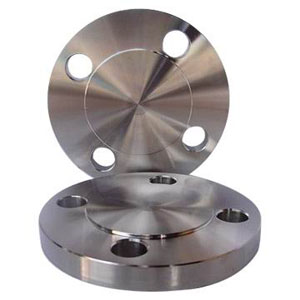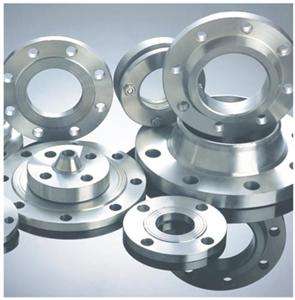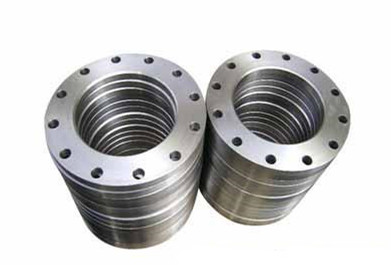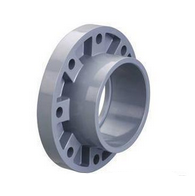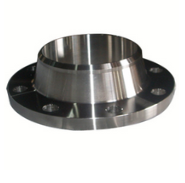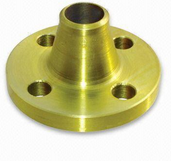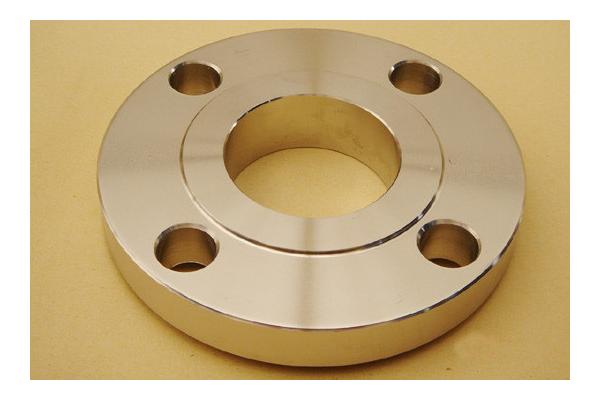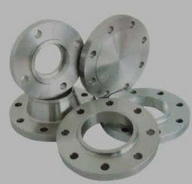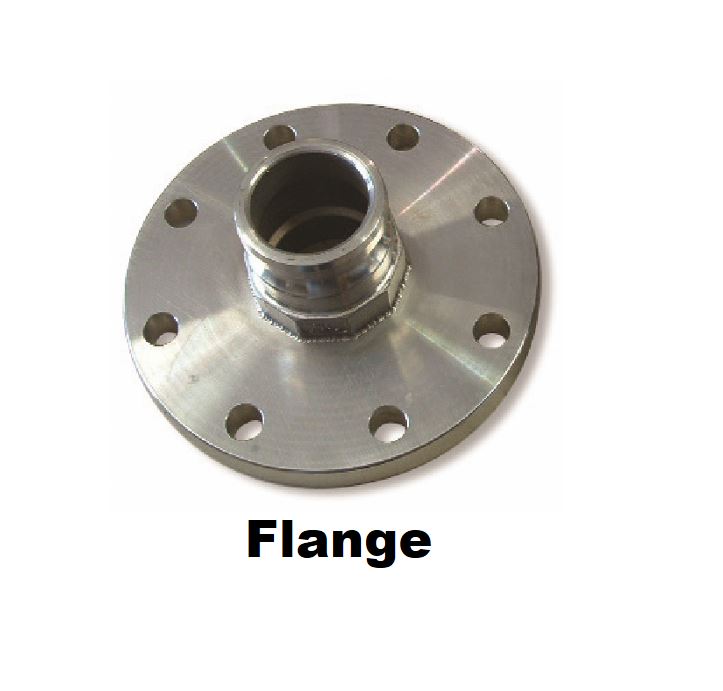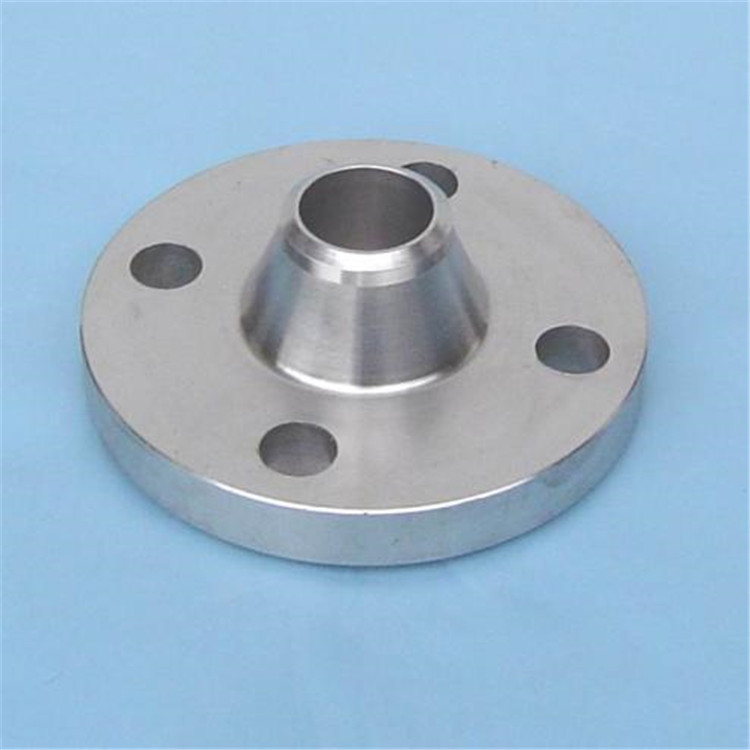Services
Services
The Production Techniques of Flanges
- Posted: 09/29/2018 05:09:10
- Hits: 886
The production techniques of flanges fall into four major types: forging, casting, cutting, rolling. Cast Flange Pros: Precise, sophisticated shape and size light workload low cost Cons: Defects such as...
7 types of flange contact faces
- Posted: 05/31/2018 05:05:22
- Hits: 172
The basic contact faces of flanges are flat faces, raised faces, male faces, female faces, tongue faces, groove faces and RTJ faces. The selection of contact faces of flanges is different based on working conditions, media, pressure, specifications, temperatures and other conditions. Let's...
The Most Common Problems of Flanges
- Posted: 10/24/2017 11:10:26
- Hits: 424
There are big differences between the modern industry and the traditional industry. Most current production is the continuous production, which requires the equipment to have great workload and brings various kinds of problems to equipment and machinery at the same time. The flange is a very important...
Surface Treatments of Stainless Steel Flanges
- Posted: 10/12/2017 03:10:14
- Hits: 67
Stainless steel is a very common material for flanges, and the commonly used surface treatments of stainless steel flanges include surface clear whitening treatment, surface mirror brightening treatment and surface coloring treatment. Surface clear whitening treatment Stainless steel flanges have to...
How to Promote the Development of the China's Flange Industry?
- Posted: 09/27/2017 11:09:09
- Hits: 65
In the past 15 years, China's economy has been in the rapid and stable development and China has been in the midst of industrialization, forming a very good foundation for many industries. On the one hand, the demand for equipment machinery is becoming great, and the strategic objective of...
Flanges Used in Industrial Fields
- Posted: 09/12/2017 09:09:36
- Hits: 100
The tightness tests should be carried out if the flanges are going to be installed and used in summer. Flanges play very important roles in the industrial fields and they are often applied to sealed containers. The vessel flange is also called the girth flange, which are the flanges connected to the...
Precautions for the Production of Stainless Steel Flanges
- Posted: 08/23/2017 01:08:48
- Hits: 93
First, keep the stainless steel flanges away from the substances which will easily corrode the stainless steel. Keeping the surface of the stainless steel flange clean is the most important thing for the stainless steel flange. Once the surface of the stainless steel flange is corroded, the...
Regular Checking of Flanges
- Posted: 08/11/2017 01:08:03
- Hits: 76
The stainless steel flange connection is to connect two pipes, pipe fittings or devices. The flange connection is completed by first fixing the two pipes, pipe fittings or devices on a flange respectively, putting a pad between them, and using bolts to fasten them. Some of the pipes or...
Common Faults of Flanges
- Posted: 07/25/2017 11:07:15
- Hits: 230
In the continual production of the modern industry, it is inevitable that flanges have some problems, for example, leakage, due to various influencing factors such as corrosion of media, erosion, temperature, pressure, vibration, etc. Causes including the processing error in the sealing surfaces'...
Regionalism, the Biggest Obstacle to the Development of Flanges
- Posted: 07/12/2017 09:07:19
- Hits: 46
China is a world power with the land area ranked third in the world. Geographical differences also bring different cultures, and because of this, the use of flanges is also very different, especially in the northeast, north, northwest and south China. This forces the flange...
Five Types of Flange Facings and Their Characteristics
- Posted: 06/16/2017 11:06:09
- Hits: 293
Flat Face The flat face flange facing is mainly used for wide flanges and piping systems with low pressures. The flat face flange facing and the contact surface of the corresponding gasket are distributed on both the inner side and outer side of the...
An Introduction to the Welding Neck Flange
- Posted: 06/03/2017 10:06:07
- Hits: 62
What is the welding neck flange? Welding neck flanges include long welding neck flanges, and raised face welding neck flanges, which are mainly used for the flange and pipe counterpart welding. Welding neck flanges have reasonable structures, good strength and high rigidity. They...

